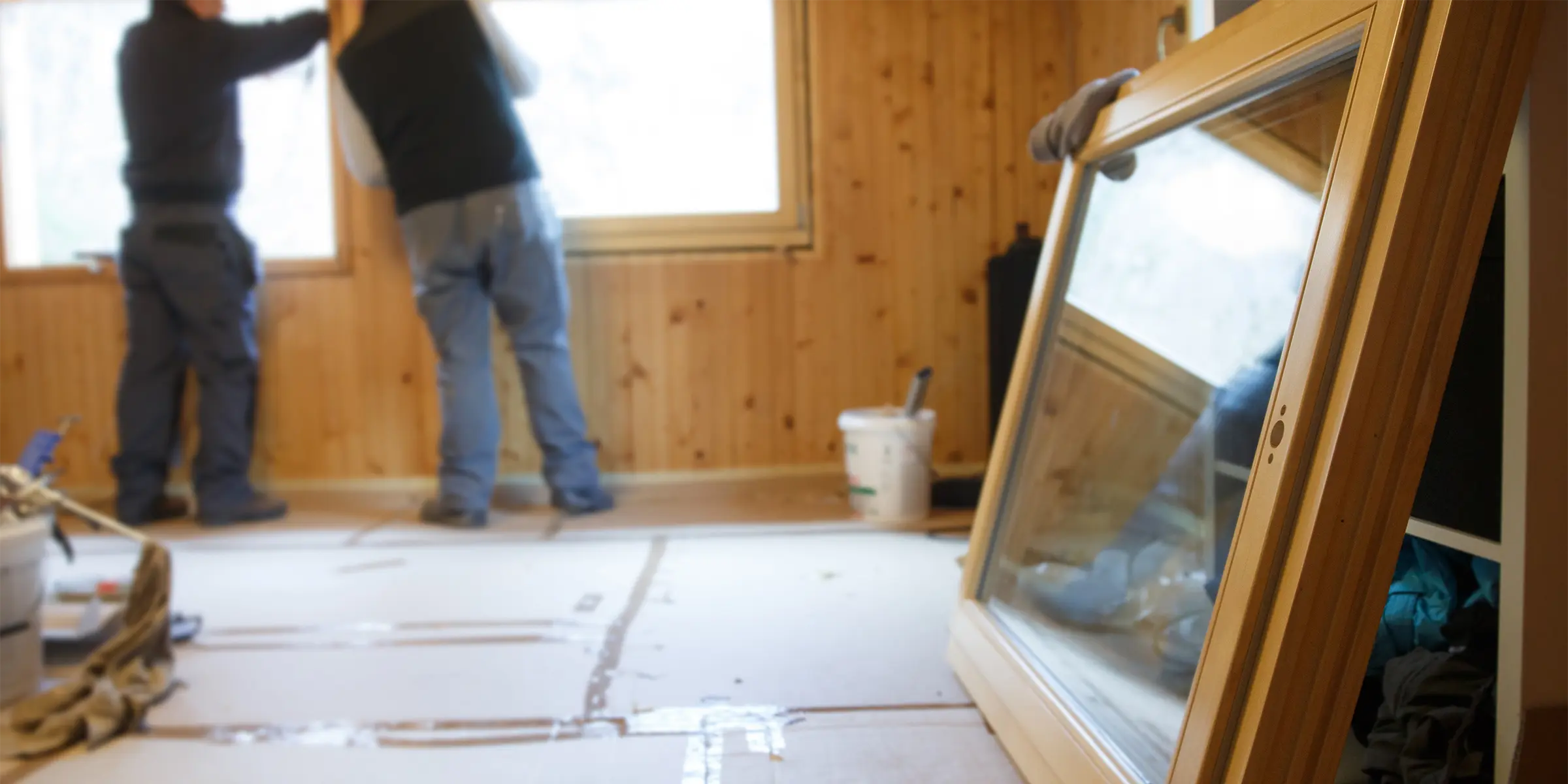Municipalities can support energy efficiency and emissions reductions in existing buildings by facilitating retrofit financing through a Local Service Area. With homeowner approval, this mechanism allows the municipality to fund upgrades, such as heat pumps, insulation, or solar panels, using external grants or loans, and recover costs over time via parcel taxes on participating properties. This approach helps reduce upfront costs for homeowners and enables a structured, community-scale retrofit program aligned with climate goals.
Navigate Objectives
New buildings
Regulatory pathways
Local Service Area or contract to incentivize residents to retrofit buildings
Municipalities can likely run a home retrofit program that lends money to homeowners using grants or loans from the Federation of Canadian Municipalities (FCM) or from the province through a local service area.
How it works
- A local service area must be established based on the petitions of a majority of owners, an alternative approval process or assent/referendum. Once the local government receives approval in one of these three ways, it can adopt the local service area bylaw and provide the service.
- Typically, the municipality or its agency would identify a body of approved contractors to do the retrofitting for the “members” of the local service area in accordance with retrofitting conditions set out in the bylaw (e.g., defining clean energy).
- The municipality could pay for the work as “assistance” to owners using borrowed monies or loans from reserves and spreading the repayments by the lot owners over 10 or 15 years.
- The municipality could collect these repayments as parcel taxes at the same time as utility charges for garbage, water, etc. Municipalities would need to use a grant or loan from FCM or the province to cover the costs of the retrofits.
- The parcel taxes could be collected in the same manner as property taxes in the event of default by a taxpayer.
